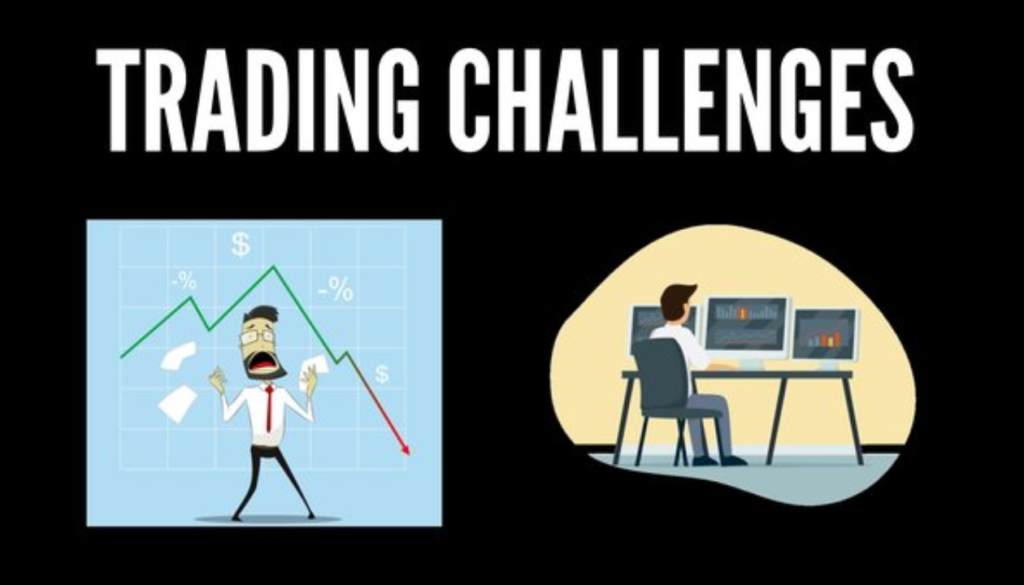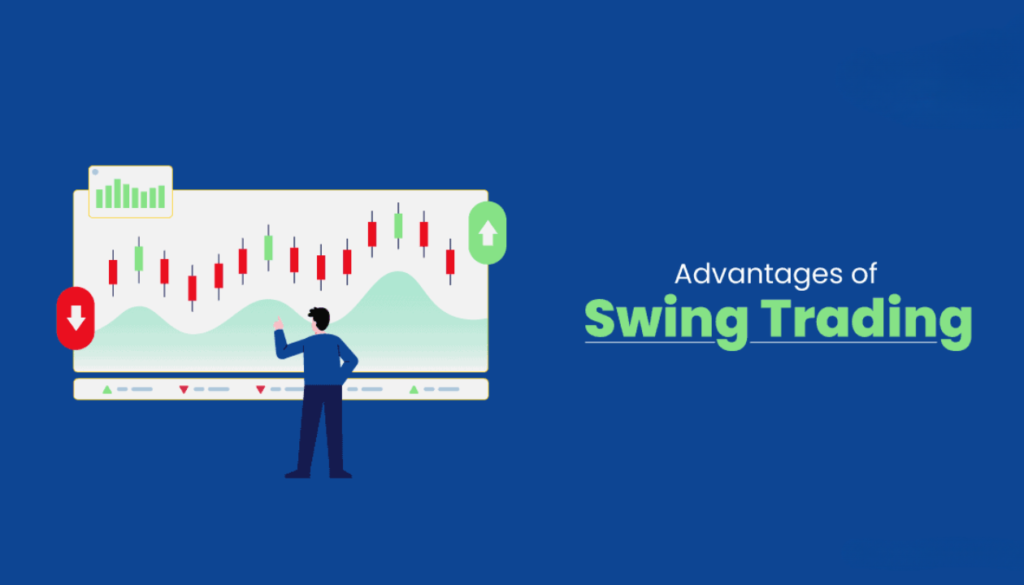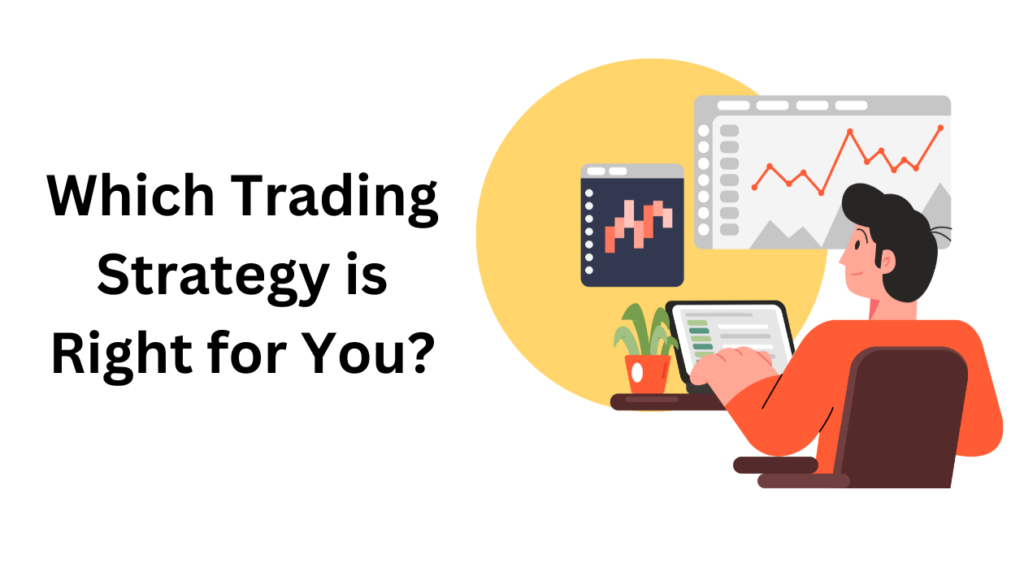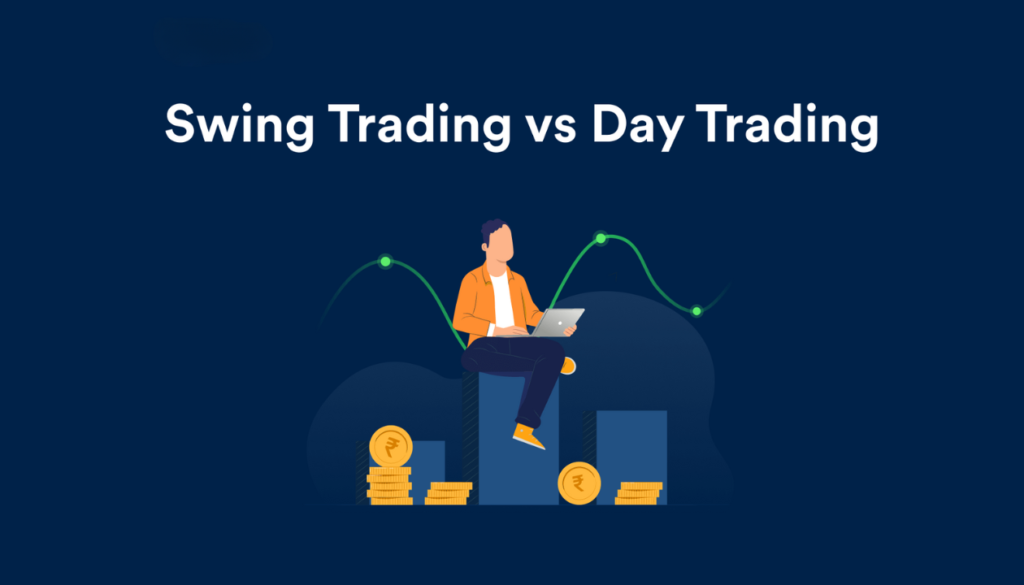In the world of trading, two popular strategies are day trading and swing trading. Each has its unique characteristics, advantages, and challenges. Understanding the differences between these approaches is crucial for traders looking to align their strategies with their financial goals, risk tolerance, and lifestyle. This blog will delve into the details of day trading vs. swing trading, helping you decide which is right for you.
Table of Contents
1. What is Day Trading?
Day trading involves buying and selling financial instruments within the same trading day. Day traders close all their positions by the end of the trading day, avoiding overnight exposure to market risks. This strategy relies on making multiple trades throughout the day to capitalize on short-term price movements.
Advantages of Day Trading
A. No Overnight Risk
Day traders avoid the risk of holding positions overnight, where market events could cause significant price gaps.
B. High Potential for Quick Profits
By making multiple trades a day, day traders have the potential to accumulate profits quickly.
C. Increased Flexibility
Day trading allows for frequent entry and exit points, giving traders the flexibility to react to market movements in real-time.
Challenges of Day Trading

A. Intense Focus Required
Day trading demands constant attention and quick decision-making, which can be mentally exhausting.
B. Higher Transaction Costs
The frequent buying and selling result in higher transaction costs, which can eat into profits.
C. Significant Time Commitment
Day trading requires a substantial time commitment, often necessitating a full-time focus.
2. What is Swing Trading?
Swing trading involves holding positions for several days to weeks to profit from expected market swings. Swing traders aim to capture short- to medium-term gains by leveraging market volatility over a more extended period than day traders.
Advantages of Swing Trading

A. Less Time-Intensive
Swing trading doesn’t require constant monitoring, making it suitable for individuals with other commitments.
B. Lower Transaction Costs
Fewer trades mean lower transaction costs compared to day trading.
C. Potential for Significant Gains
Holding positions for longer periods allows swing traders to capture larger price movements, leading to substantial profits.
Challenges of Swing Trading
A. Overnight Risk
Swing traders are exposed to overnight market risks, where unexpected events can lead to significant price gaps.
B. Patience Required
Swing trading requires patience to wait for the right market conditions and to hold positions for several days or weeks.
C. Market Volatility
Swing traders must be adept at managing market volatility and making informed decisions based on market trends.
3. Which Trading Strategy is Right for You?

Choosing between day trading and swing trading depends on several factors, including your financial goals, risk tolerance, and lifestyle.
A. Financial Goals
If your goal is to generate quick profits, day trading might be more suitable. Conversely, if you are looking for steady, medium-term gains, swing trading could be a better fit.
B. Risk Tolerance
Day trading involves higher risk due to its fast-paced nature and the potential for significant losses within a short time. Swing trading carries overnight risks but allows for more measured decision-making.
C. Lifestyle
Day trading requires a significant time commitment and constant focus, making it ideal for those who can dedicate their entire day to trading. Swing trading offers more flexibility, suitable for individuals who want to trade part-time or have other commitments.
Key Differences Between Day Trading and Swing Trading
A. Time Frame
Day trading involves holding positions for minutes to hours within a single day, while swing trading involves holding positions for several days to weeks.
B. Frequency of Trades
Day traders execute multiple trades daily, whereas swing traders make fewer trades, holding positions for longer periods.
C. Risk Exposure
Day traders avoid overnight risk, while swing traders are exposed to risks that occur outside regular trading hours.
D. Required Skills
Day trading requires quick decision-making, technical analysis skills, and the ability to handle high-stress situations. Swing trading requires patience, market trend analysis, and risk management skills.
E. Profit Potential
Day trading offers the potential for quick, smaller profits from frequent trades. Swing trading aims for larger gains from longer-term price movements.
Conclusion
Both day trading and swing trading offer unique opportunities and challenges. Your choice between the two should be guided by your financial goals, risk tolerance, and lifestyle preferences. Day trading is ideal for those seeking quick profits and willing to dedicate substantial time and focus, while swing trading is better suited for those looking for steady gains and more flexibility. By understanding the key differences and aligning your strategy with your personal circumstances, you can choose the trading approach that best supports your journey to financial success.
Frequently Asked Questions
1. What is the main difference between day trading and swing trading?
Ans. The primary difference is the holding period. Day traders close all positions by the end of the trading day, while swing traders hold positions for several days to weeks.
2. Which strategy is riskier: day trading or swing trading?
Ans. Both strategies carry risks, but day trading involves higher intra-day risk and requires quick decision-making. Swing trading has overnight risk but allows for more thoughtful decision-making.
3. Can I day trade and swing trade at the same time?
Ans. Yes, some traders use both strategies to diversify their trading approach and capitalise on different market conditions.
4. Do I need a lot of capital to start day trading?
Ans. Day trading typically requires more capital due to the higher frequency of trades and associated transaction costs. Swing trading can be started with less capital.
5. Which strategy is better for beginners?
Ans. Swing trading is generally more suitable for beginners as it is less time-intensive and requires less frequent trading, allowing new traders to learn at a more manageable pace.
